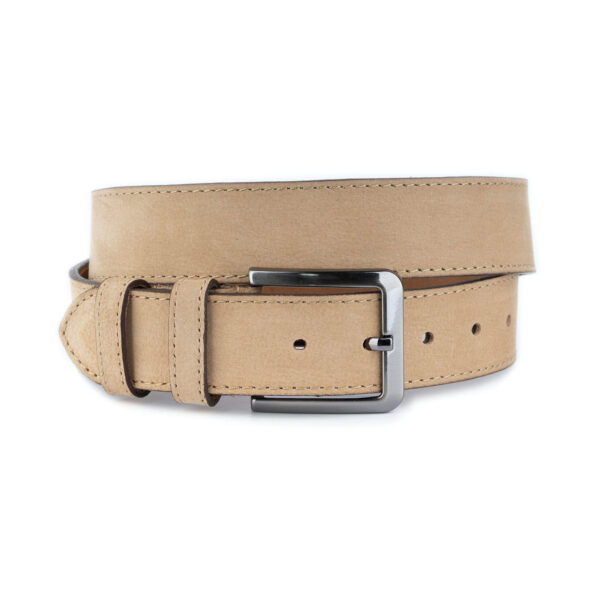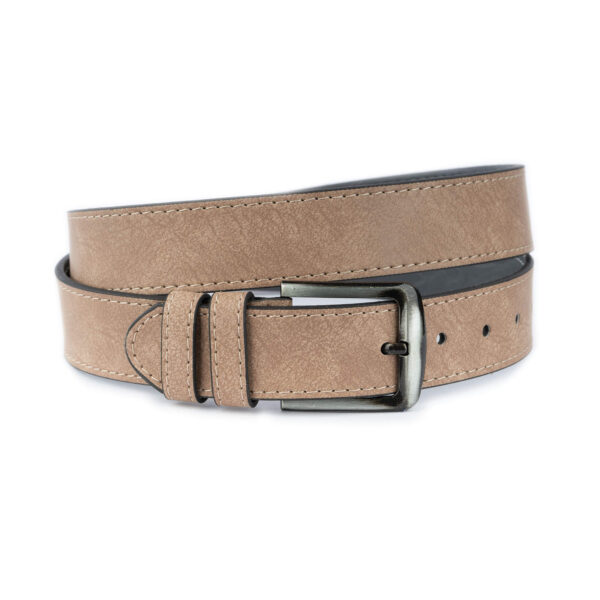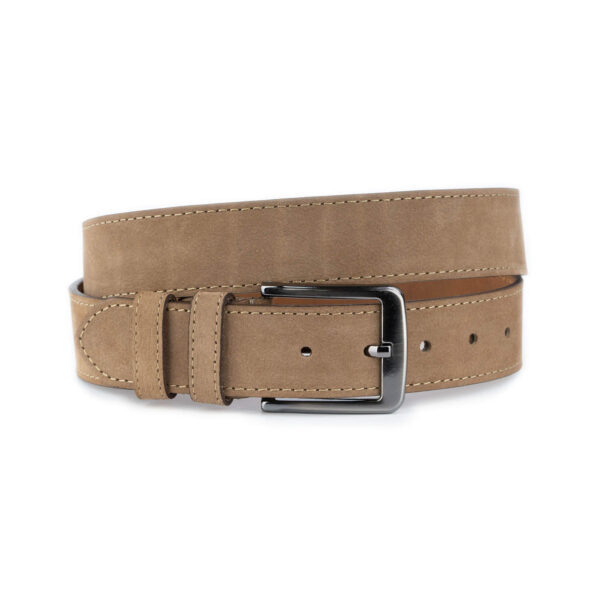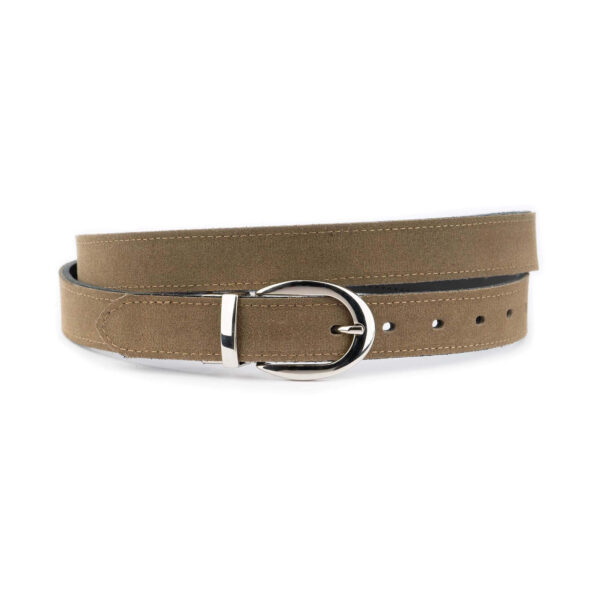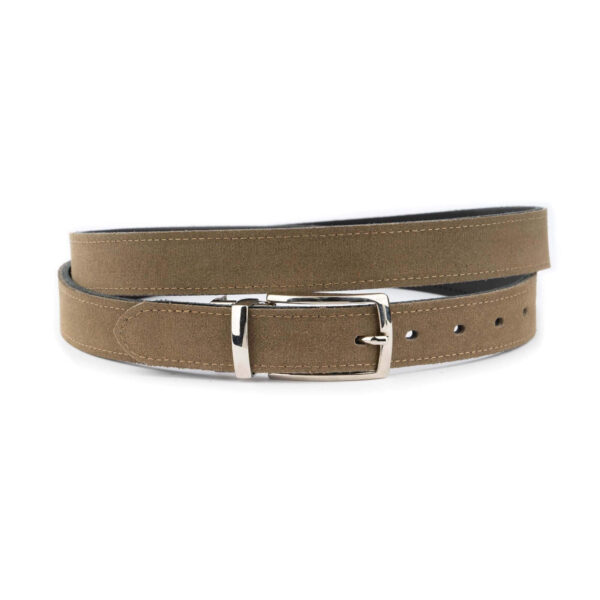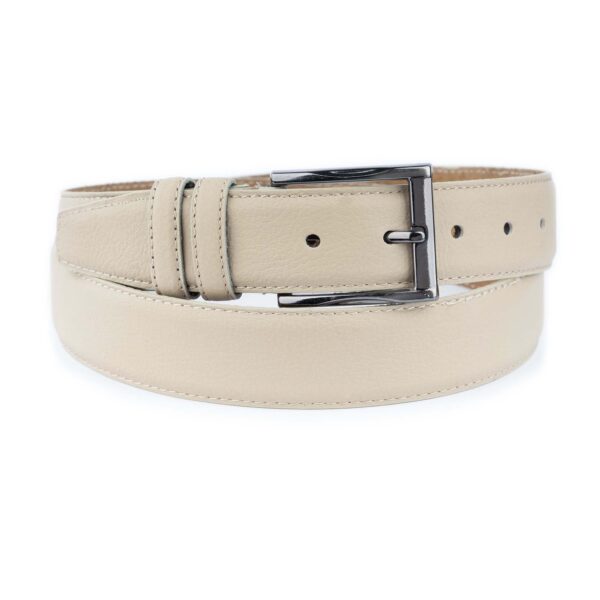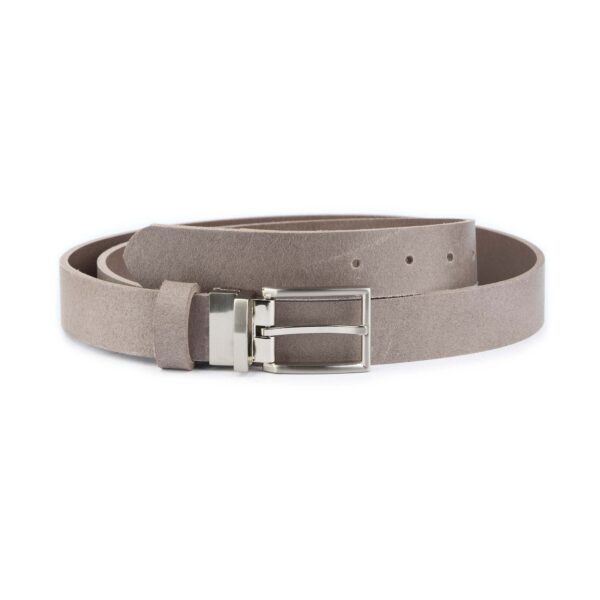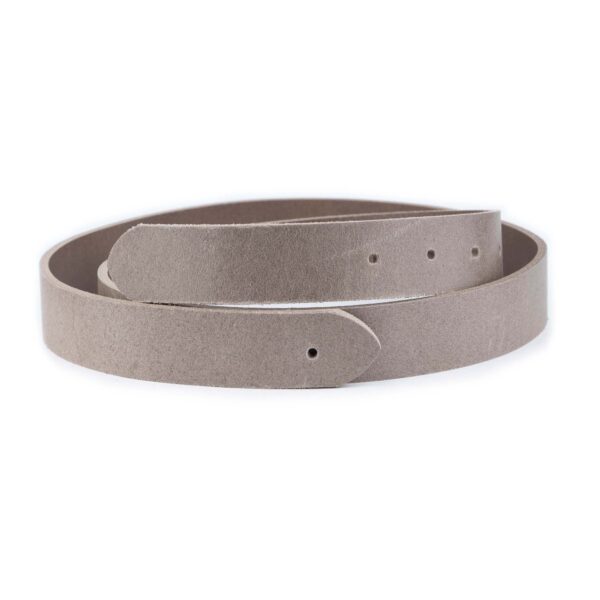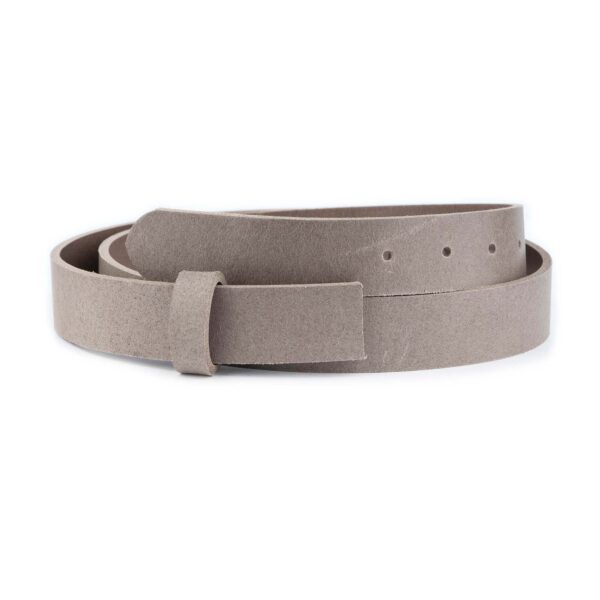Have you ever paused to appreciate the subtle beauty of the color taupe? It’s that warm, earthy hue that sits comfortably between brown and gray, a color that whispers elegance and versatility. But where did this understated yet captivating color come from? How has it managed to weave its way through the fabric of fashion, design, and beyond? Let’s embark on a journey through the colorful history of taupe, unraveling its timeless charm and uncovering its undeniable appeal.
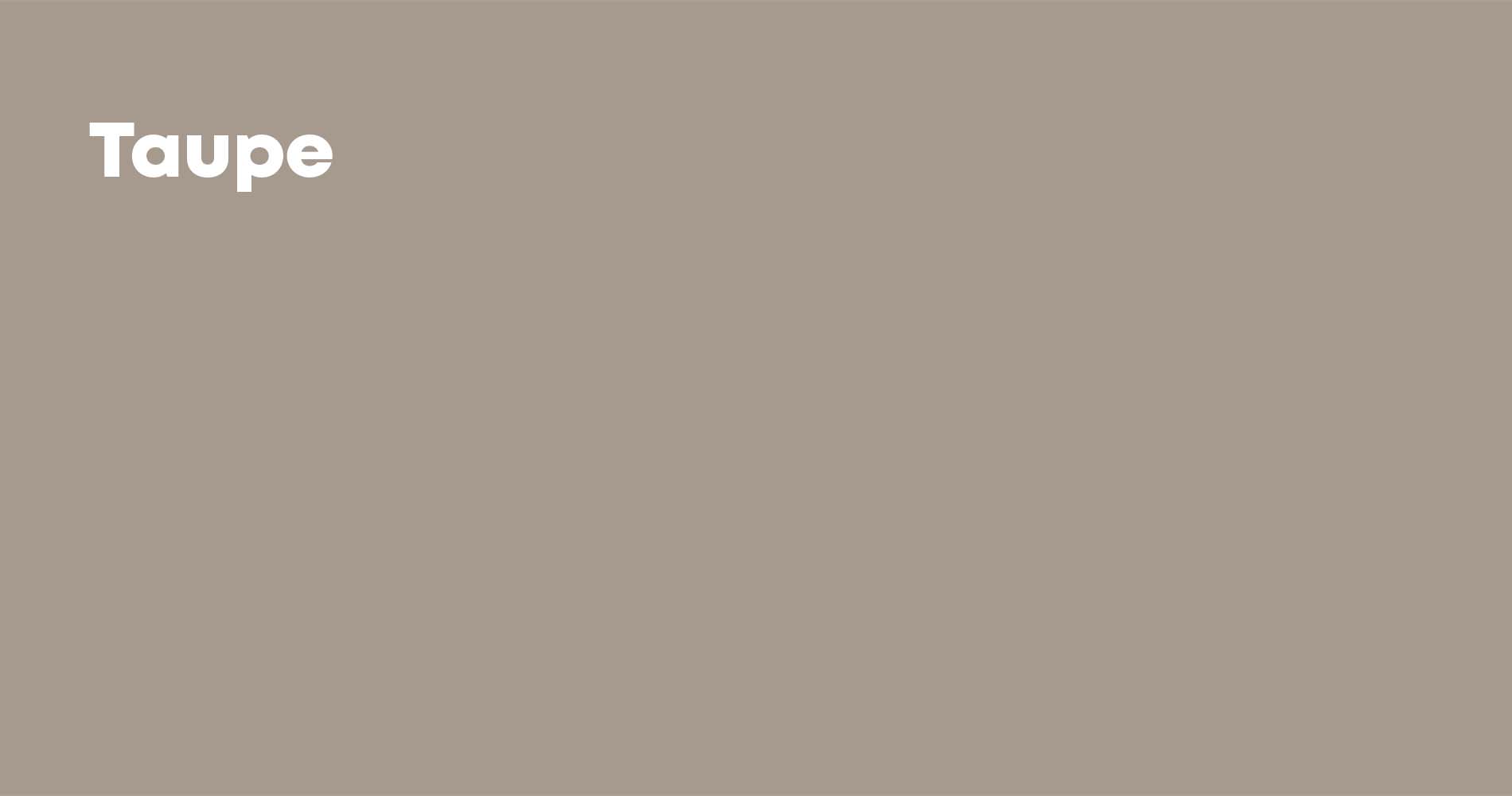
The Origins of Taupe
Taupe: a color whose name whispers sophistication and whose presence, whether in a room or an outfit, can subtly but significantly alter the ambiance. But where did this elegant hue originate? Believe it or not, the word ‘taupe’ comes from the French word for mole – the animal, not the spy! The moles, known for their velvety fur in this distinctive shade, lent their name to this color in the early 19th century. Initially, it referred to a range of colors from dark brown to grayish brown. But as with all things, taupe evolved, becoming the richer, more versatile color we adore today. This evolution was not just in name but also in the perception and utilization of the color, as it began to symbolize sophistication and understated elegance in various forms of art and design.
Taupe in Fashion: A Century of Style

In the realm of fashion, taupe has been a silent, powerful force. Picture the chic streets of Paris in the early 20th century: taupe began to make its mark as a color that symbolized understated elegance. Fast forward to today, and taupe remains a cornerstone in the world of fashion. It’s the color that can whisper or roar, depending on how you style it. Its adaptability makes it a beloved choice for designers and fashionistas alike. Taupe has graced the runways in everything from luxurious, flowing gowns to sharply tailored suits, proving its versatility and timeless appeal. It’s a color that complements every skin tone, making it a universal favorite.
Taupe in Interior Design
Have you ever walked into a room and instantly felt a sense of calm wash over you? Chances are, taupe played a part in that serene setting. Interior designers treasure taupe for its warm, neutral tone, making it a go-to choice for creating inviting, cozy spaces. From sleek modern apartments to rustic country homes, taupe brings a touch of sophistication and tranquility to any interior. It’s a color that works harmoniously with natural elements like wood and stone, and it provides a perfect backdrop for bold and vibrant accents. The beauty of taupe in interior design lies in its ability to provide a subtle foundation, allowing other elements of the decor to take center stage.

The Psychology of Taupe
Colors speak their own language, influencing our emotions and behaviors in subtle ways. Taupe, with its blend of brown and gray, embodies stability, reliability, and elegance. It’s a color that doesn’t scream for attention but rather, offers a comforting presence. This makes it an ideal backdrop for life’s moments, both big and small. In color psychology, taupe is often associated with neutrality and timelessness. It’s a color that suggests a sense of grounding and support, making it an excellent choice for spaces where comfort and stability are desired.
Taupe in Art and Culture
While taupe might not be the first color to come to mind when you think of art, it’s had its fair share of the spotlight. Artists have long appreciated taupe for its ability to add depth and dimension to their work. In culture, taupe maintains a presence that is both grounding and uplifting, a testament to its balance and versatility. It’s a color that has been subtly woven into the fabric of art history, often serving as a neutral background that allows other colors to pop or as a sophisticated tone that brings a sense of realism and weight to the artwork.
While taupe might not be the first color to come to mind when you think of art, it’s had its fair share of the spotlight. Artists have long appreciated taupe for its ability to add depth and dimension to their work. In culture, taupe maintains a presence that is both grounding and uplifting, a testament to its balance and versatility. It’s a color that has been subtly woven into the fabric of art history, often serving as a neutral background that allows other colors to pop or as a sophisticated tone that brings a sense of realism and weight to the artwork.
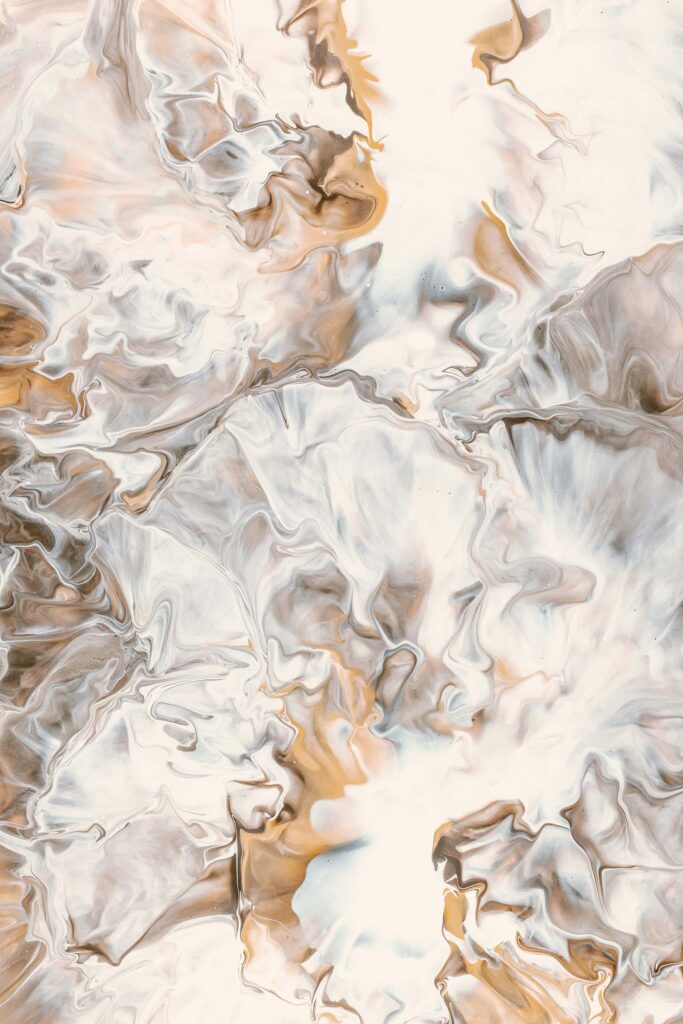
The Modern Appeal of Taupe
In today’s fast-paced, constantly changing world, taupe stands out as a symbol of timelessness and reliability. Its ability to blend with a spectrum of colors and styles makes it a perennial favorite in fashion, design, and beyond. Whether in a cutting-edge tech startup’s office or a minimalist fashion collection, taupe brings a touch of modern elegance and a sense of enduring style. It’s a color that resonates with the contemporary desire for minimalism and simplicity, while still exuding warmth and sophistication.
Crafting the Perfect Taupe Palette
Creating a taupe palette is like composing a symphony – it’s about finding the perfect balance between warmth and coolness, depth and lightness. Whether you’re designing a room or curating a wardrobe, understanding the nuances of taupe can help you craft a cohesive, sophisticated look that resonates with your personal style. It’s about mixing and matching shades and textures, playing with light and shadow, to create a space or ensemble that feels harmonious and thoughtfully put together.
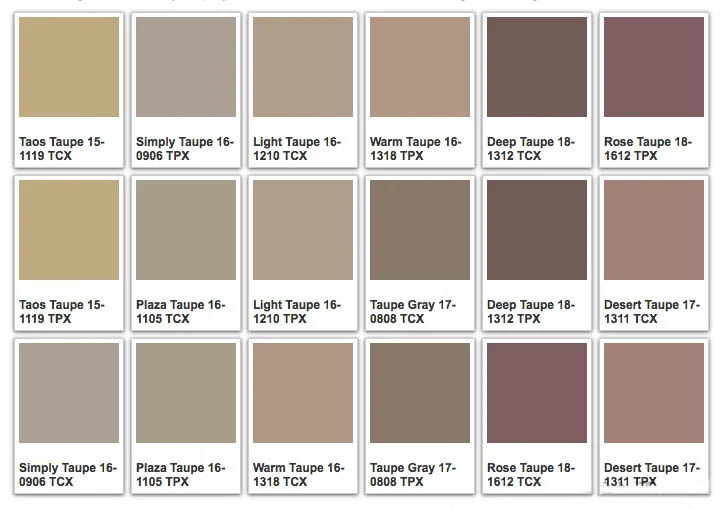
Taupe in Nature
Nature, the greatest artist of all, doesn’t shy away from taupe. This color can be found in the soft fur of animals, the feathers of birds, the bark of trees, and the soil beneath our feet. Taupe in nature reminds us of the earth’s quiet beauty and inherent strength. It’s a color that speaks of the cycles of life, of growth and decay, and of the steady rhythm of the natural world. In our increasingly urbanized lives, the presence of taupe can serve as a grounding force, connecting us back to the earth and its timeless cycles.
The Future of Taupe
As we look to the future, taupe’s role in the tapestry of color and design seems only to grow stronger. Its ability to adapt and evolve while maintaining its core qualities ensures that taupe will continue to be a color of significance, relevance, and enduring appeal. We can expect to see taupe being used in innovative ways, as new materials and technologies emerge. Its timeless nature makes it a perfect candidate for sustainable design, where longevity and versatility are key.
How to Incorporate Taupe in Your Life
Incorporating taupe into your life doesn’t have to be a daunting task. Start small with accessories or a single wall in your home. Or go bold with a taupe statement piece in your wardrobe or a major design project. The beauty of taupe lies in its versatility – it’s a color that complements, enhances, and transforms. Consider the texture and material, as these can greatly influence the impact of taupe in your space or outfit. Whether you’re going for a soft, velvety finish or a sleek, modern look, taupe offers endless possibilities.
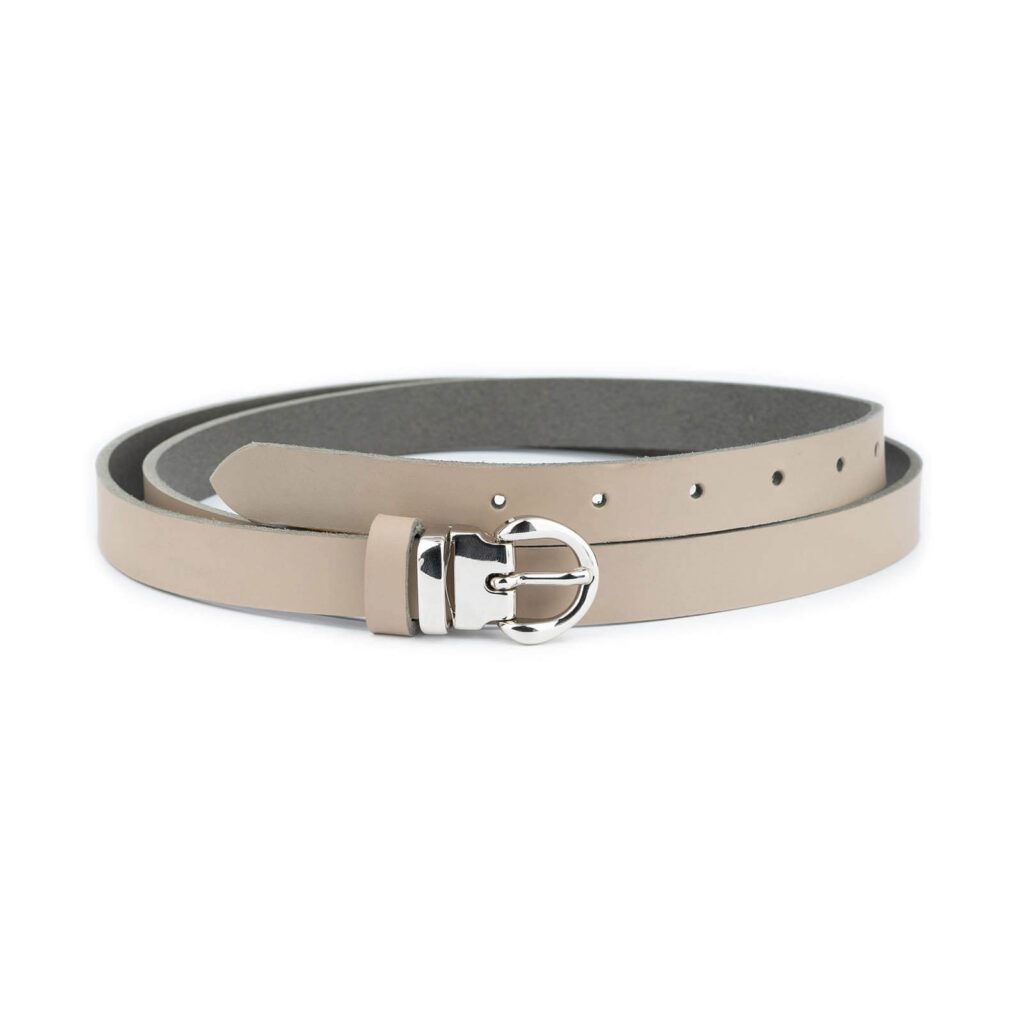
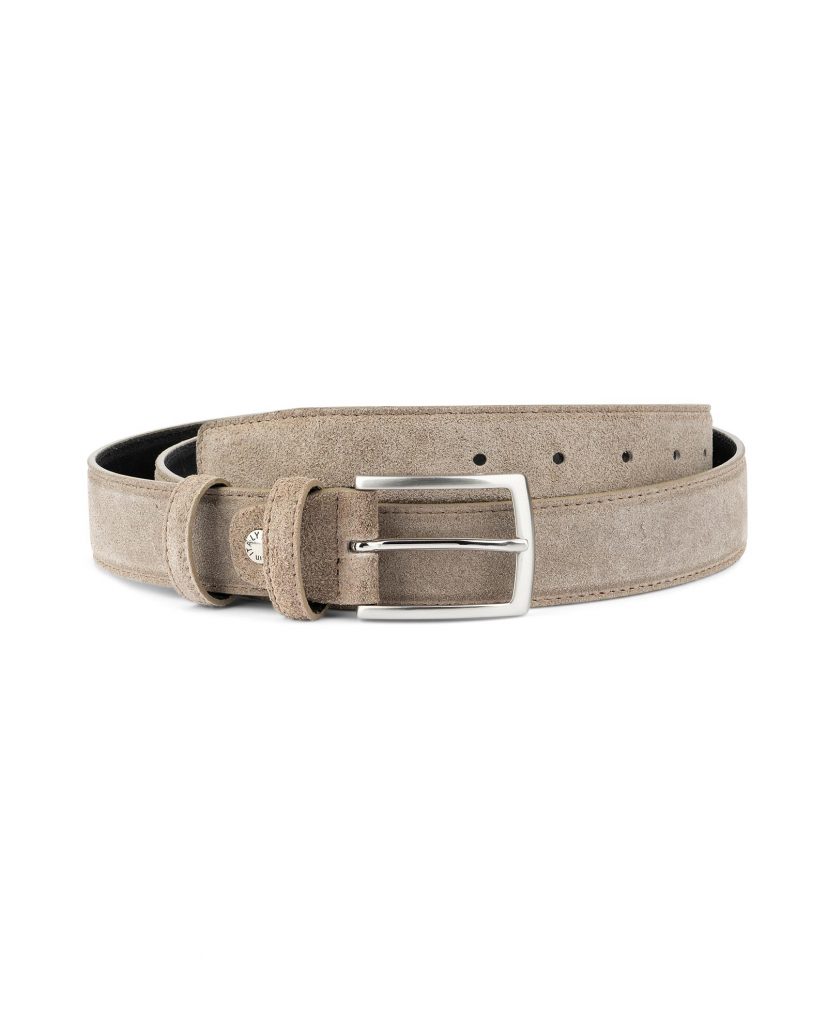
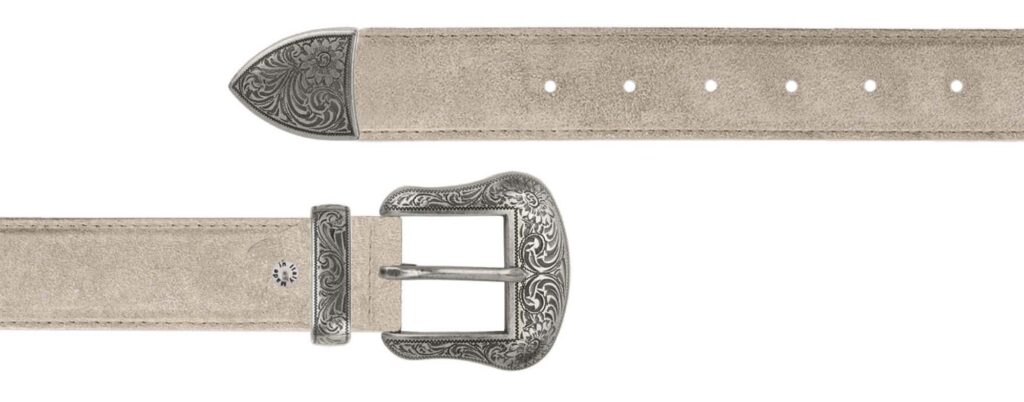
Conclusion
Taupe, a color with a history as rich and deep as its hue, continues to capture our hearts and imaginations. Its journey from the natural world to the realms of fashion, design, and beyond is a testament to its timeless appeal and enduring versatility. In a world that’s constantly changing, the quiet strength and subtle elegance of taupe offer a sense of stability and comfort. So, the next time you encounter this humble hue, take a moment to appreciate the rich tapestry of history and meaning behind the timeless charm of taupe.
FAQs About Taupe Color History
1. How did the color taupe get its name?
The name ‘taupe’ is derived from the French word for mole, referring to the color of the mole’s fur.
2. Is taupe considered a neutral color?
Yes, taupe is considered a neutral color, known for its versatility and ability to pair well with a wide range of colors.
3. How has taupe been used in fashion over the years?
Taupe has been a staple in fashion for over a century, symbolizing understated elegance and adaptability in various styles and trends.
4. Can taupe be used in both modern and traditional interior designs?
Absolutely! Taupe’s warm, neutral tone makes it a perfect choice for both modern and traditional settings, adding sophistication and tranquility to any space.
5. What are some tips for incorporating taupe into my wardrobe or home?
Start by introducing taupe through accessories, accent pieces, or a feature wall. Embrace its versatility by pairing it with contrasting colors or different textures to create a cohesive and stylish look.

I would like to take a moment to express my sincere gratitude for taking the time to read my article. Your willingness to engage with my writing means a lot to me, and I hope that you found the piece informative, thought-provoking, and enjoyable.
Sincerely yours,
Miley Sobers

-
 Taupe Color Belt For Jeans Soft Nubuck Leather 3.8 CmProduct on sale$38.50
Taupe Color Belt For Jeans Soft Nubuck Leather 3.8 CmProduct on sale$38.50 -
 Taupe Color Belt Soft Vegan LeatherProduct on sale$38.50
Taupe Color Belt Soft Vegan LeatherProduct on sale$38.50 -
 Taupe Nubuck Belt Soft LeatherProduct on sale$38.50
Taupe Nubuck Belt Soft LeatherProduct on sale$38.50 -
 Taupe Suede Womens Reversible Leather BeltProduct on sale$101.50
Taupe Suede Womens Reversible Leather BeltProduct on sale$101.50 -
 Taupe Suede Suede Mens Reversible Belt Real LeatherProduct on sale$101.50
Taupe Suede Suede Mens Reversible Belt Real LeatherProduct on sale$101.50 -
 Taupe Belt 3.5 Cm Genuine Leather With Silver BuckleProduct on sale$38.50
Taupe Belt 3.5 Cm Genuine Leather With Silver BuckleProduct on sale$38.50 -
 Reversible Taupe Belt Handmade Genuine Leather 3.0 CmProduct on sale$45.50
Reversible Taupe Belt Handmade Genuine Leather 3.0 CmProduct on sale$45.50 -
 2.5 Cm Taupe Belt Strap Leather With Hole For BuckleProduct on sale$34.30
2.5 Cm Taupe Belt Strap Leather With Hole For BuckleProduct on sale$34.30 -
 2.5 Cm Taupe Belt Strap Replacement LeatherProduct on sale$34.30
2.5 Cm Taupe Belt Strap Replacement LeatherProduct on sale$34.30









